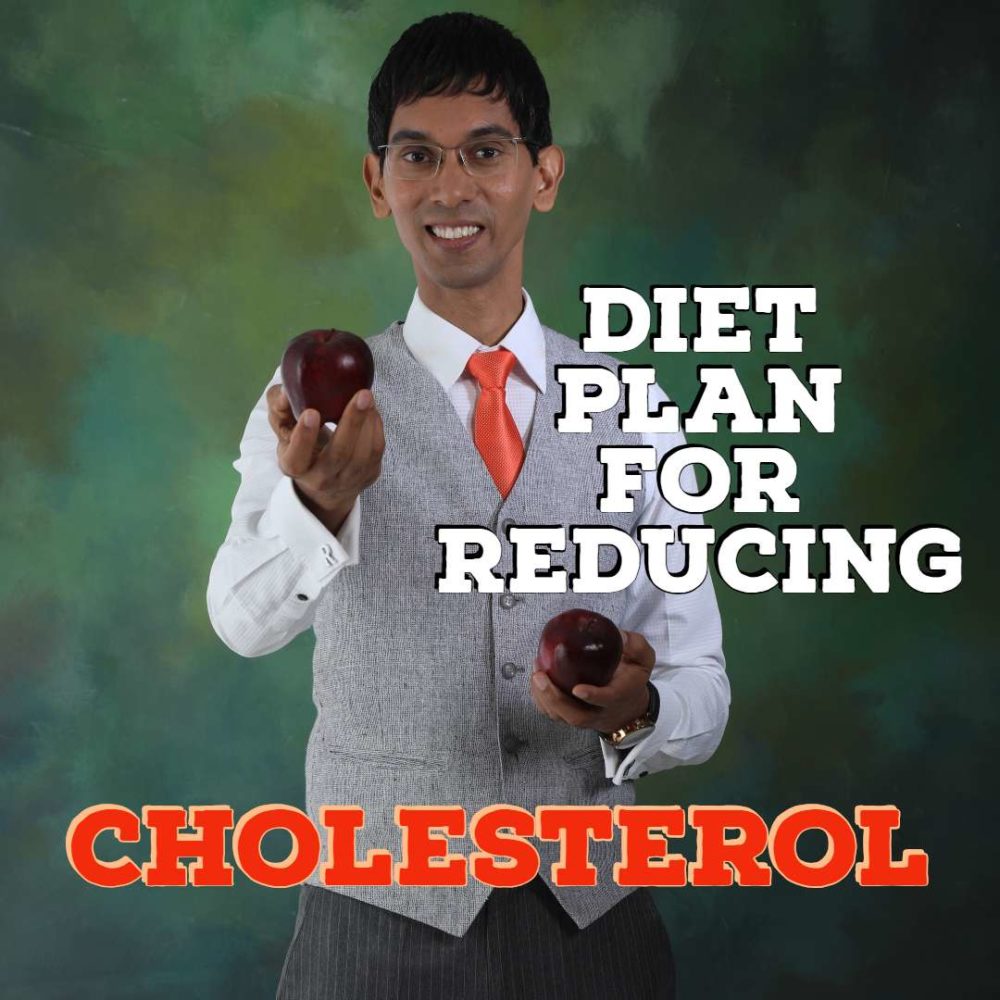Understanding the connection between collagen and our body

2024-02-26 08:24:34
Understanding the connection between collagen and our body
You’ve probably heard about collagen before, especially in relation to skin ageing and bone density. This is due to the fact that collagen is the most prevalent protein in our bodies!
This implies that it makes up a significant percentage of the material that surrounds our cells physiologically. It’s similar to the cement that holds our body’s cells together.
Now, let’s look at this protein in more detail:
Collagen is made up of long chains of amino acids, which are the building blocks of proteins. Glycine (GLY), proline (PRO), and hydroxyproline (HPRO) make up about half of the amino acids in collagen (HYP).
To create a collagen molecule, these chains entangle into bunches (imagine three ropes twisted firmly together). Many of these collagen molecules are now twisting into each other much more.
These molecules hold our water, nutrients and cells together. The uniform consistency of these structures, for example, is largely responsible for your skin’s smooth look.
Collagen, on the other hand, serves a far larger purpose in our bodies. Collagen comes in a variety of shapes and sizes (over sixteen!) and is classified based on its structure. Each kind permits a certain component of our body to function as it should.
Type-I collagen, for example, produces lengthy, rope-like structures. This allows them to extend a lot before breaking, and it provides bones and skin a lot of strength and flexibility. Collagen type II is the most common in cartilage.
It creates rope-like structures as well, but its diameter is less than type-I, allowing joints to collapse more readily to absorb shocks during physical activity.
Collagen degrades as a result of free radical damage, which is frequently caused by exposure to UV radiation from the sun. To make matters worse, our bodies’ ability to produce collagen decreases as we get older. That’s why our skin wrinkles and our joints degrade over time (amongst other signs of ageing).
What options do we have? Nourish and Safeguard!
#A Free radical damage to the body must be avoided
Antioxidants such as lycopene, beta-carotene, and Vitamin E can be found in foods and supplements.
Tomatoes include lycopene, which helps to reduce photoaging, or the production of blemishes and wrinkles as a result of UV exposure.
Epigallocatechin gallate (EGCG) is an anti-oxidant found in green tea that helps to combat free radical damage.
OPCs are a kind of antioxidant found in grapes. They have been proven in studies to aid in the maintenance of good collagen.
#B Collagen should be replenished in our bodies
We can feed our bodies the nutrients that our cells require to produce collagen (for example, vitamin C). We may absorb collagen directly through our food to benefit even more.
However, there is another point to be noted. Collagen is primarily present in animal organs, skin, bone, and cartilage. This entails utilising all parts of the animal, rather than simply the usual muscle meats we consume today (ground beef, pork chops, chicken breasts).
While our forefathers could consume all of an animal’s collagen-rich portions, we would find it unappealing today! Furthermore, it is difficult to digest in its natural state.
Gelatin is a kind of collagen that has been broken down and boiled. It’s a texture-enhancing food ingredient used by food producers in low-fat meals and other processed foods. However, getting your collagen from them isn’t the best option because they may be high in added sugars.
Furthermore, the gelatin may still include very long strands that will be difficult to absorb. They won’t be able to reach the locations where they’re needed if they don’t get into the bloodstream.
However, there is a solution… Collagen peptides!
Peptides are smaller chains of amino acids. More than 90% of the collagen peptides (also known as gelatin hydrolysate) that are broken down into these collagen peptides (also known as gelatin hydrolysate) are digested and promptly absorbed following oral intake.
A supplemental supply of collagen peptides, in addition to boosting the quantity of protein in our diet, can:
– Improves muscular mass
– Reduces symptoms of skin ageing
– Increases bone density
– Reduces joint pain
3 major amino acids each have their own set of advantages:
Proline and hydroxyproline:
– Contribute to wound healing, antioxidant reactions, and immunological responses.
– They are necessary for the production of other amino acids such as arginine and glutamate.
– They also have a number of functions in terms of growth and development.
Glycine:
– The liver need it to eliminate poisons from our bodies;
– It aids digestion by increasing stomach acid production.
– It is required by the developing foetus
– It is utilised in the synthesis of haemoglobin, creatine, bile salts, DNA, and other substances
– It is involved in the production of glucose in the body
If you wish to reach out to my team for a customized nutrition plan, call us at +91-9743430000.
Ryan Fernando is an Award-winning celebrity Sports Nutritionist with 2GUINNESS world record and 2 Olympic medals under his belt. His client list include Olympic wrestler Sushil Kumar, cricketer Shikhar Dhawan & bollywood superstars Aamir Khan & Abhishek Bachchan. He is Chief Nutritionist at QUA Nutrition Signature Clinics.




